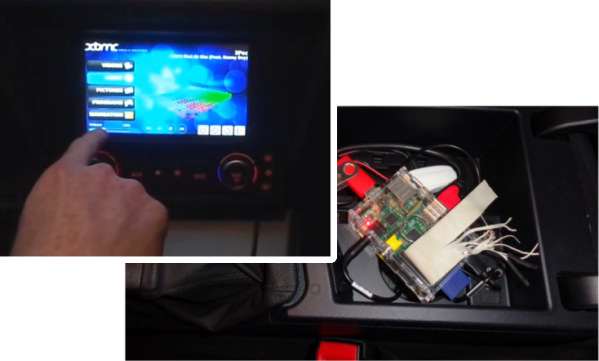
After seeing our recent post on Laminar Flow Nozzles, [Richard] decided to share with us his family’s summer project — a computer controlled water show (translated)!
The setup uses a Raspberry Pi at its core and a set of USB relay boards to turn the valves and lights on and off to the music. They wrote the program in Python and have posted it on their website to share.
They used common household solenoid valves because they are easy to control by relay, but unfortunately they are on/off only, so variable flow is not possible. A challenge they encountered was equalizing the water pressure — one to make sure the pump didn’t over heat when the fountains were off, and two, to equalize the height of each fountain stream. To solve this they used a pressure regulator for the pump, and organized the plumbing in such a way with additional control valves that the pressure differences were minimal.
The setup doesn’t sound like it cost that much, and now the family has their own music activated water fountain in their garden — how awesome is that! Stick around after the break to see it in action.
















